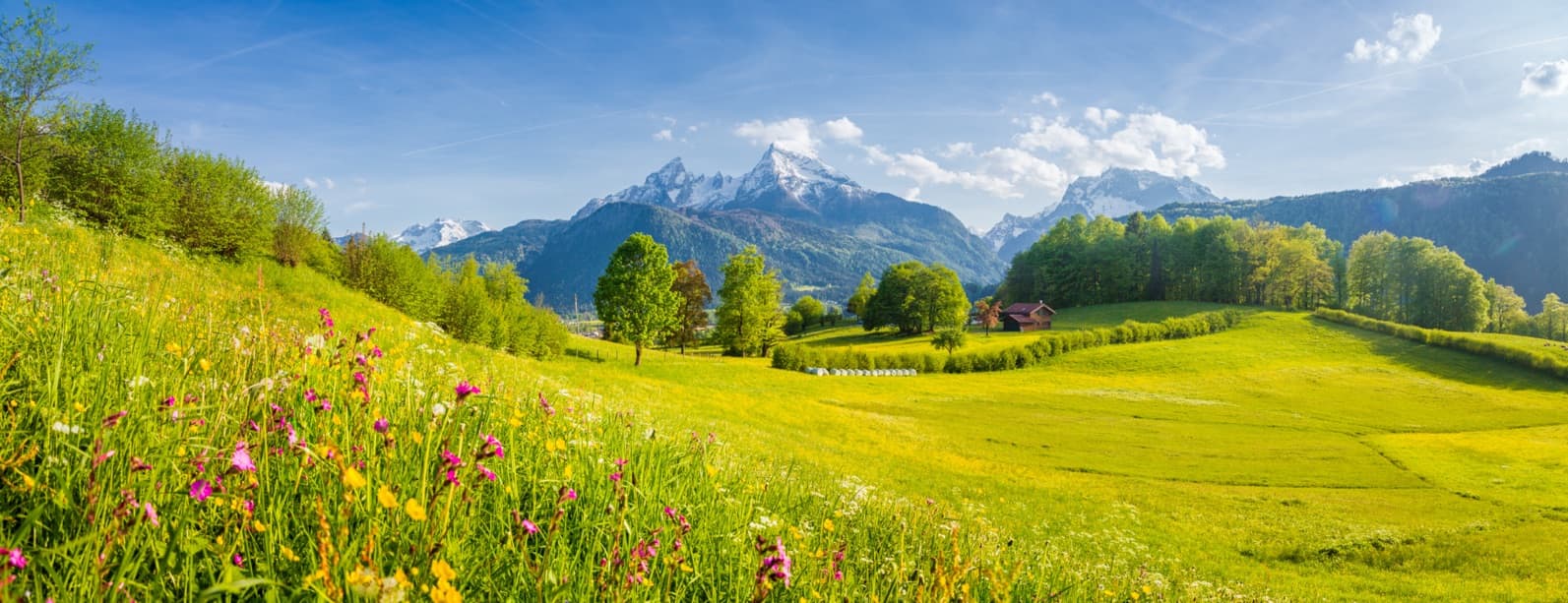Our hundreds of growing guides are each reviewed by RHS Master Horticulturists.
Our contributors include RHS Gold Medallists, estate gardeners, society members and more!
Alpine plants, as the name suggests, are flowering plants that come from mountainous, alpine regions.
Since they are naturally found high in the mountains, many are very hardy, and so can be a great choice for many UK gardens.
Alpine plants are often extremely easy to grow, and so can be fantastic choices for a low-maintenance planting scheme.
A common feature of rock gardens, or nestled into stone walls, alpine plants can also be great choices for raised beds, planters or containers.
These plants can be shrubs, sub-shrubs, herbaceous perennials or bulbs. Most are low-growing ground cover plants.
They form low, cushioned mounds or spreading carpets of foliage that protect the soil beneath and help in weed suppression and moisture retention; the compact plants usually flower abundantly, with tiny, jewel-like flowers in bright colours.
Enduringly popular with UK gardeners, these plants are commonly grown in collections or groups combining a number of different varieties.

Most alpines will thrive in dry conditions in full sun, and they will do best where the soil or growing medium is free-draining.
In terms of soil pH, alpine plants vary in their preferences. Some prefer a neutral pH, while others will thrive in more acidic conditions.
Once established, they can do well even where the conditions are cold and exposed – as you would expect from plants that grow naturally in mountainous regions. They are also fairly tolerant of short periods of drought.
Whether you are growing them in the ground, amongst rocks, or in containers, alpine plants will do best when their foliage does not rest on damp ground.
It is a good idea to place a cover of grit or gravel on the soil surface or the surface of the growing medium in pots around these sorts of plants.
In order to create the perfect conditions for alpine plants, you should think about how you can mimic their natural mountain slope habitat as closely as possible.
Wet and waterlogged conditions are the main ‘enemy’ for those growing alpine plants – alpines will not survive in enduringly damp conditions.
If you are trying to grow alpines in your garden where there is a heavy clay or other soil that is slow to drain, make sure you add plenty of organic matter, and plenty of grit to improve drainage.
If you are growing alpines in containers, a stone trough or container can be great, but do make sure that, whatever material your containers are made from, they have plenty of drainage holes. Make sure those holes do not become blocked – and raise containers off the ground if necessary to help them to drain more freely.
Fill your containers with a free-draining growing medium and make sure you cover them with a layer of grit, gravel or similar. Do not make the mistake of choosing a growing medium more suited to more moisture-loving plants.
In winter, avoid placing containers with alpines where they will be subjected to a lot of rain. Especially in higher rainfall areas, consider moving your containers into the lee of a wall or fence to make sure they do not get too wet.